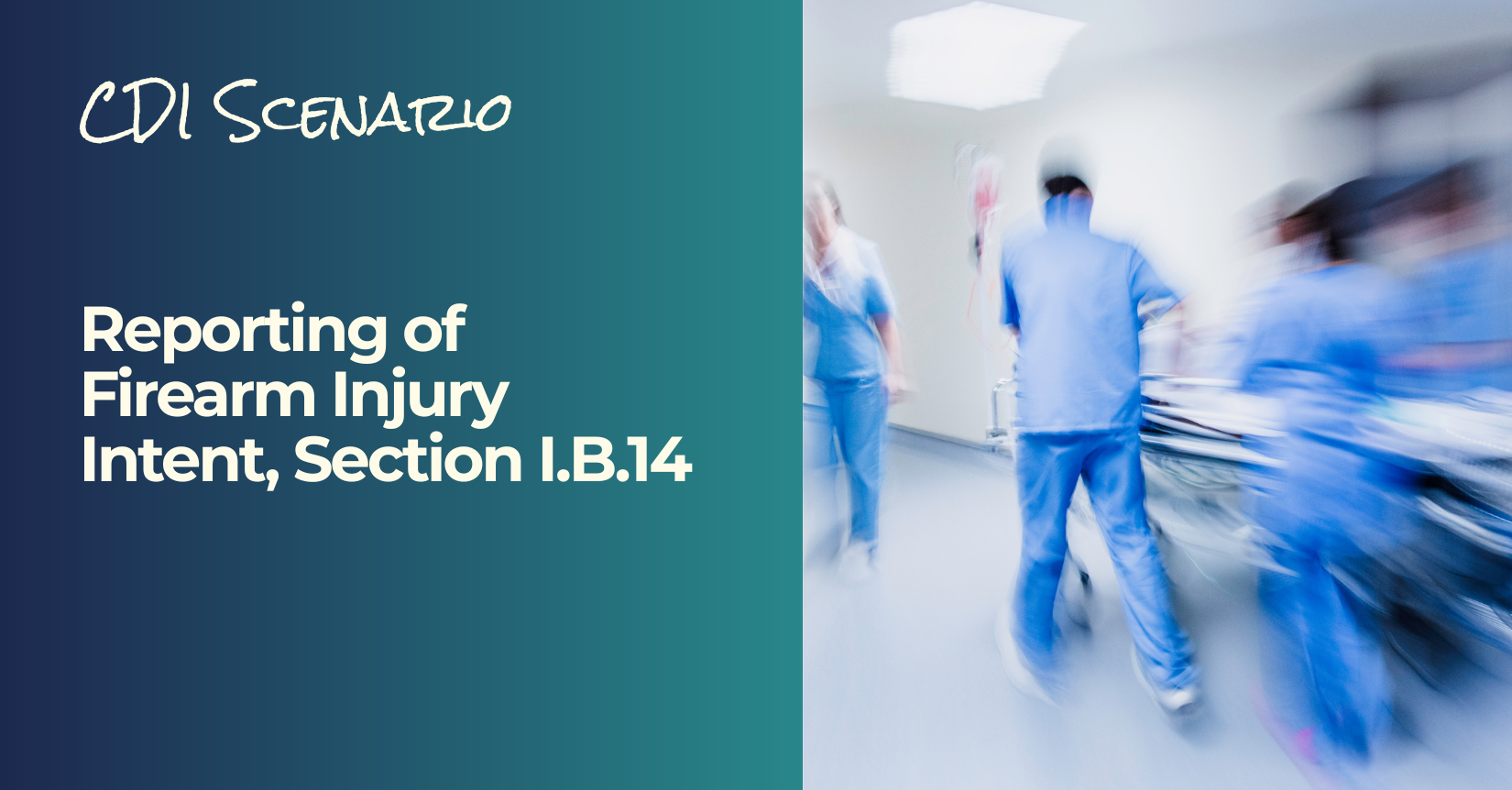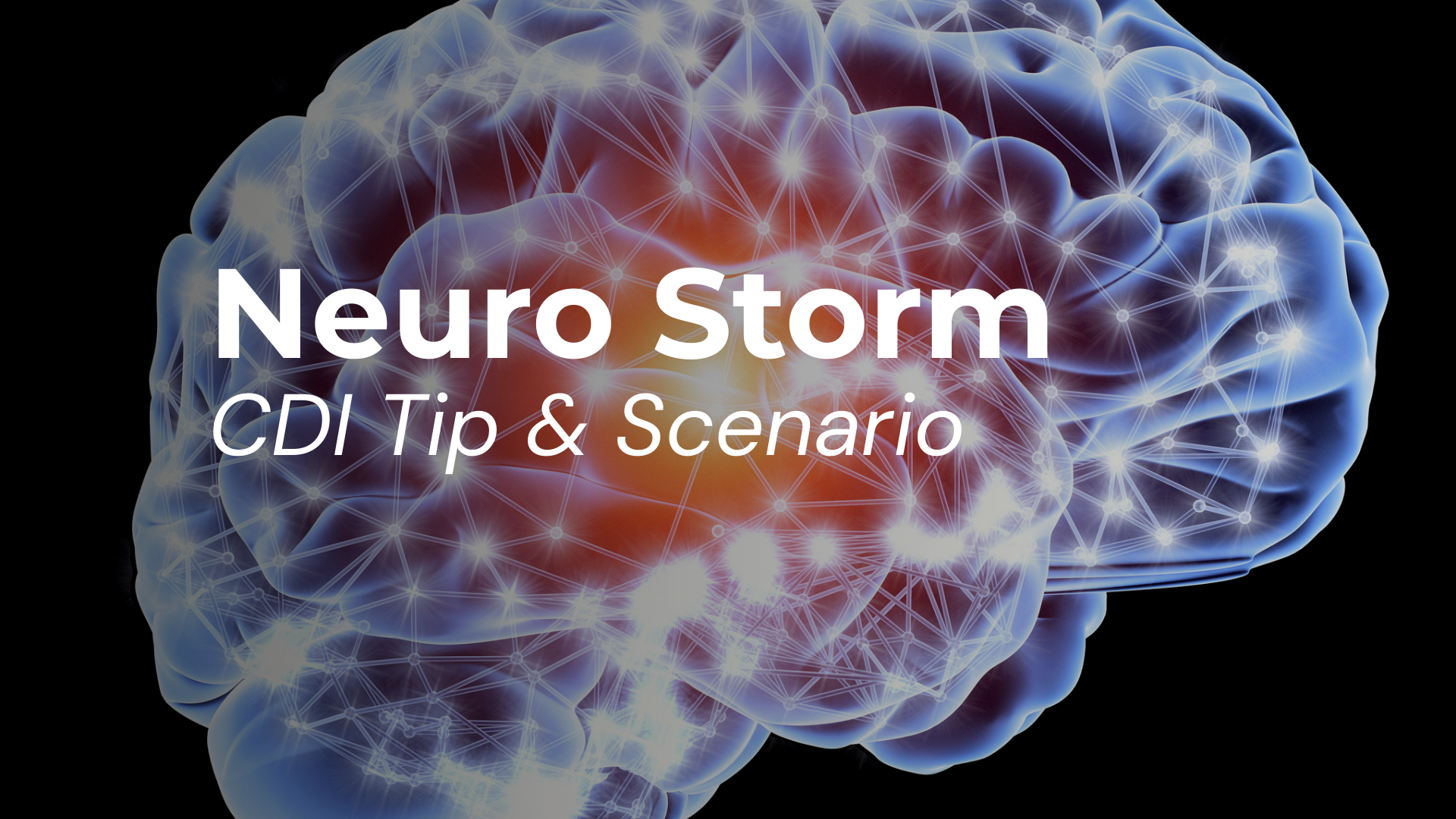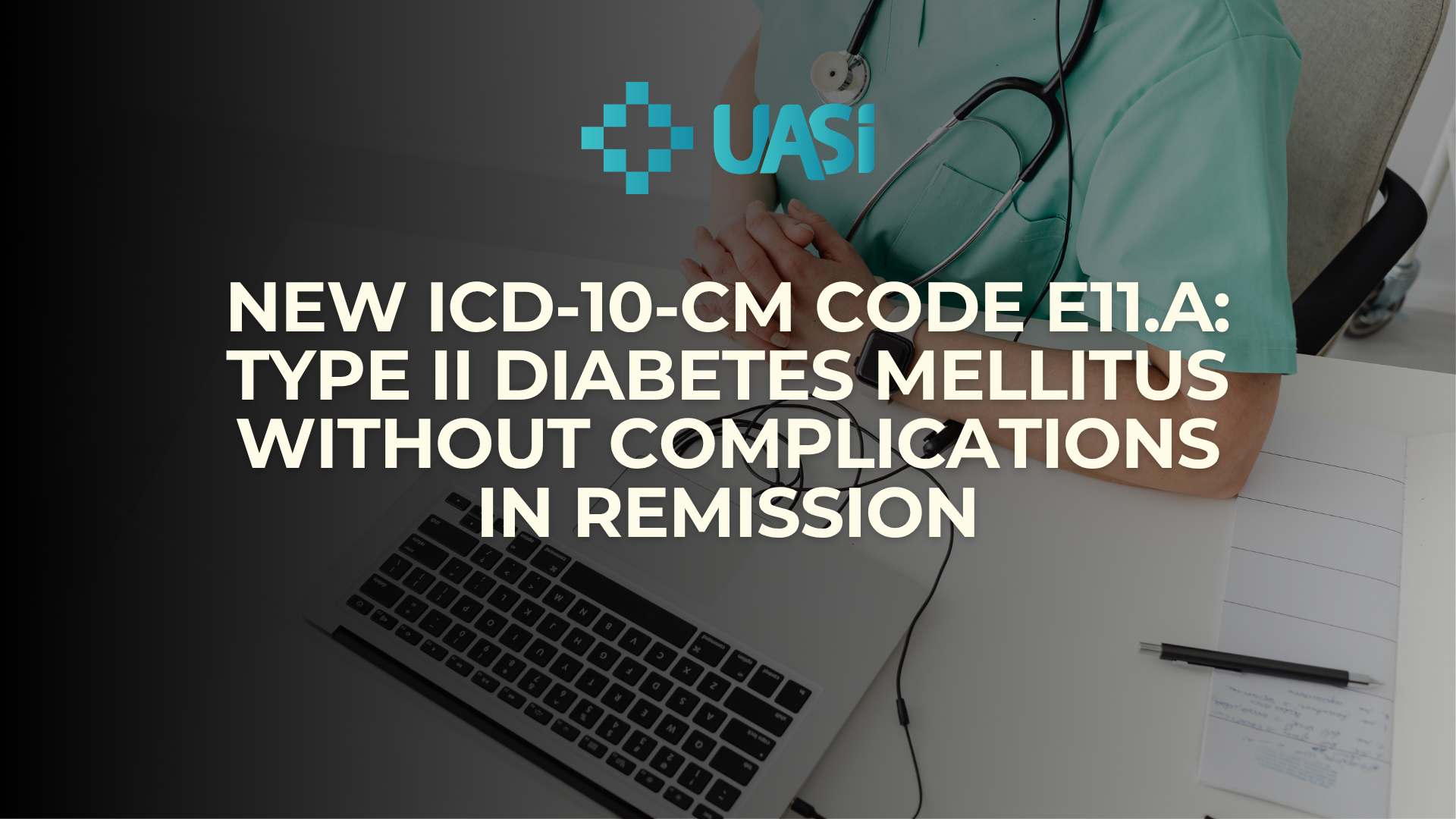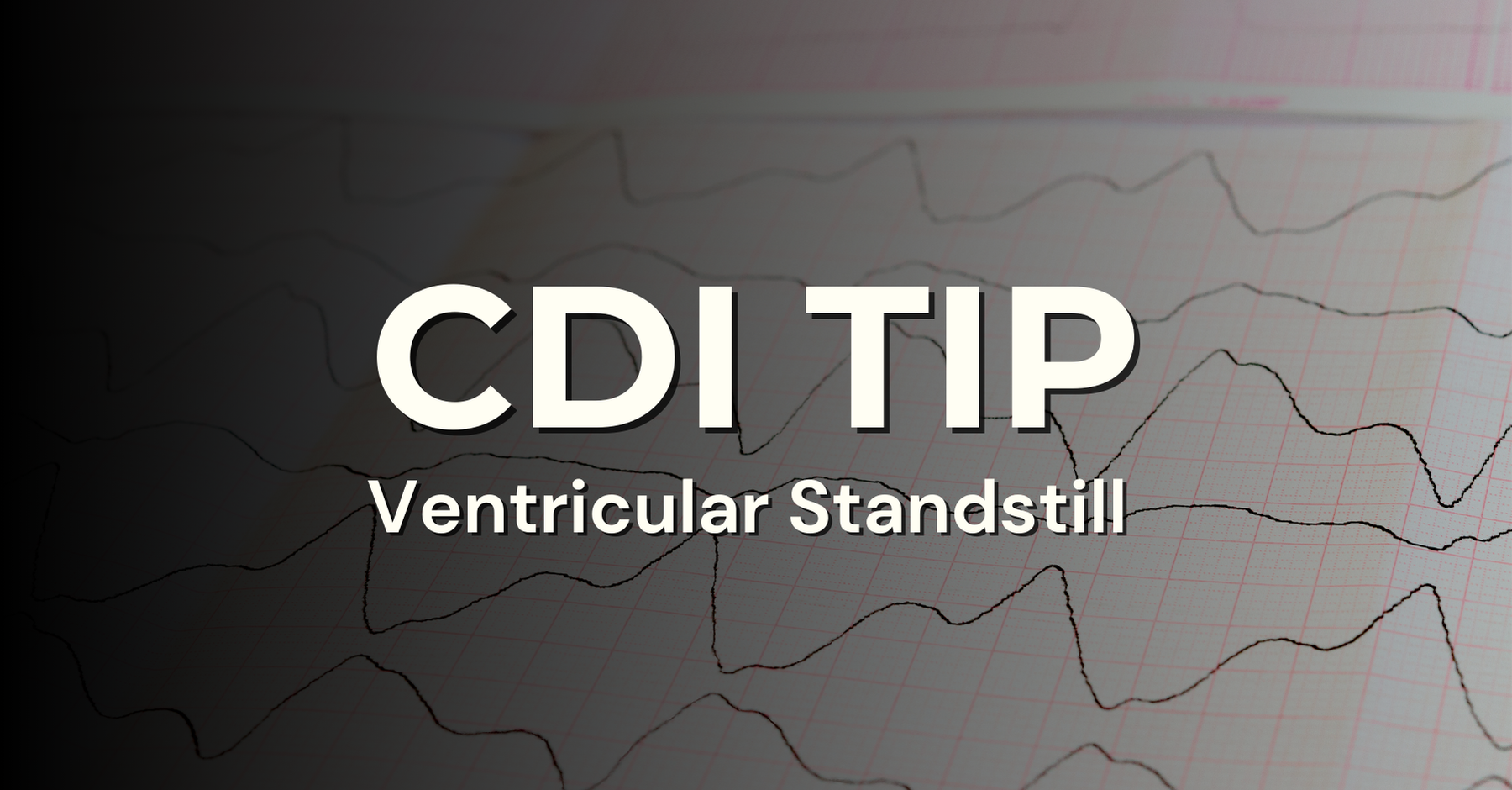Health in Context: Understanding the Impact of Social Determinants of Health (SDoH)
September 29, 2025
Summary of a Presentation by Rachel Mack, MSN, RN, CCDS, CDIP, CCS, CRC at the 2025 CHIMA Annual Meeting
What Are Social Determinants of Health?
Social Determinants of Health are defined by the Healthy People 2030 initiative as the conditions in which people are born, live, learn, work, play, worship, and age. These factors shape a wide range of health risks and outcomes. While medical care accounts for roughly 20 percent of an individual’s overall health, more than half is influenced by non-medical factors such as housing stability, income, education level, food access, and transportation.
Historically, the connection between social conditions and health outcomes has been well-documented, including landmark studies like the Whitehall reports. In recent years, the healthcare industry has begun codifying these insights. Since 2016, the ICD-10-CM coding system has introduced and expanded the use of Z codes to document SDoH, with recent updates in 2024 further elevating their importance. Notably, CMS has begun assigning severity designations to some SDoH codes, signaling recognition of the financial and clinical impact of unmet social needs.
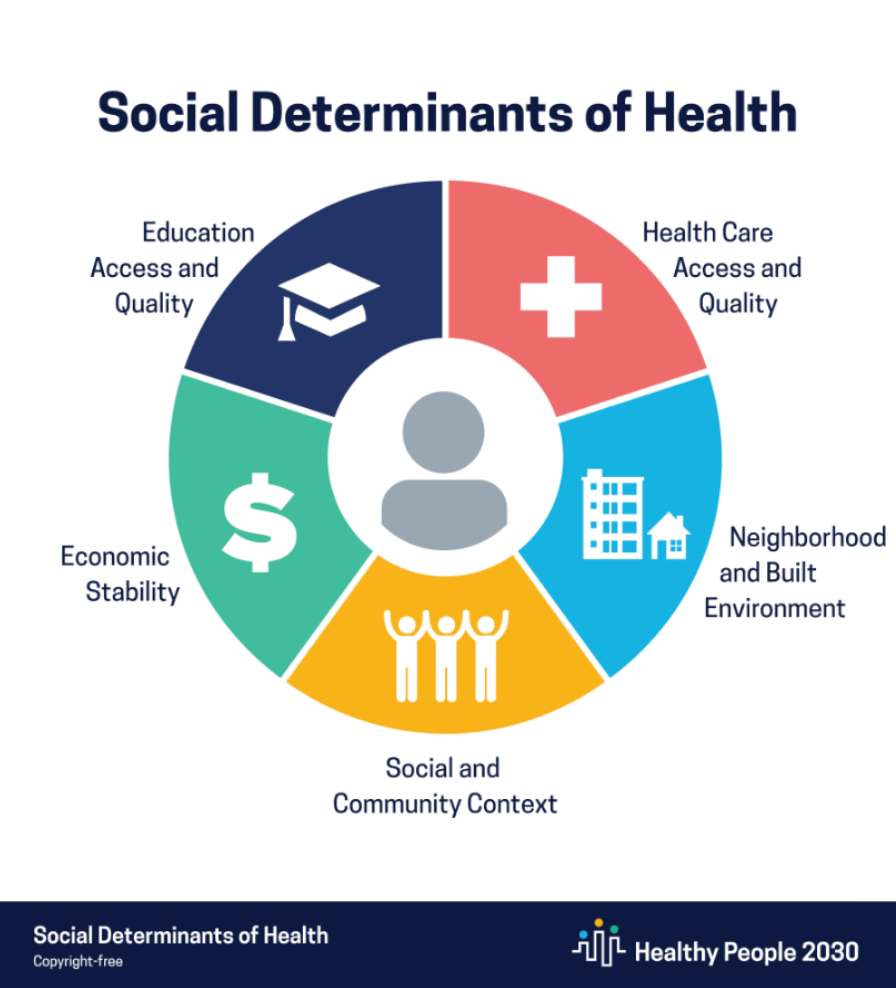
The Real-World Impact of SDoH
Understanding SDoH is essential for improving individual and population health. In a global snapshot, if the world were represented by 100 people, 22 would lack shelter, 11 would be undernourished, and just 7 would have college degrees. These statistics reflect how social conditions shape access to care, outcomes, and quality of life.
Disparities in chronic conditions such as asthma, diabetes, and hypertension are often mistakenly attributed solely to race. In reality, social factors like access to nutritious food, safe housing, transportation, and exposure to stress or environmental toxins play a much larger role in determining risk and resilience.
Using ICD-10-CM Z Codes to Capture SDoH
Capturing SDoH through appropriate ICD-10-CM Z codes is becoming an increasingly important function for clinical documentation integrity (CDI) teams, coders, and healthcare organizations. Codes in categories Z55 through Z65 cover education, employment, housing, psychosocial circumstances, upbringing, and the physical environment.
Per current guidelines, these codes can be assigned based on documentation by clinicians or other providers if the information is signed off and included in the health record. It is important to ensure that the documentation reflects actual risk factors or impacts on care. For example, a patient without a vehicle may not necessarily face transportation insecurity if they have access to reliable public transit. Conversely, documented housing instability or food insecurity should be captured when it affects health outcomes or the care plan.
Assigning multiple Z codes as needed helps to fully represent the patient’s context and allows for a more accurate reflection of their needs and challenges.
Understanding the 9 SDoH Z Code Categories
ICD-10-CM includes nine categories of SDoH-related Z codes (Z55–Z65), each representing a unique aspect of a patient’s environment or circumstances. These categories are not just data points—they are actionable indicators that can inform care planning, risk adjustment, and health equity strategies:
- Z55 – Problems Related to Education and Literacy
Includes low literacy, lack of schooling, or barriers to learning. These factors can affect the ability to understand care plans or manage chronic conditions. - Z56 – Problems Related to Employment and Unemployment
Encompasses job loss, unsafe work environments, and low income. These are tied to stress, mental health, and insurance coverage issues. - Z57 – Occupational Exposure to Risk Factors
Includes exposure to noise, toxic agents, or other work-related health hazards. Often overlooked, these codes can support worker compensation and care coordination. - Z58 – Problems Related to Physical Environment
Captures exposure to pollution, unsafe housing, or lack of green space. Environmental factors are closely tied to respiratory and cardiovascular health. - Z59 – Problems Related to Housing and Economic Circumstances
Includes homelessness, food insecurity, inadequate housing, and utility difficulties. These are among the most commonly captured SDoH codes and have high clinical relevance. - Z60 – Problems Related to Social Environment
Encompasses social isolation, lack of support, and difficulty with community integration. These factors can influence mental health and medication adherence. - Z62 – Problems Related to Upbringing
Includes issues such as neglect, abuse, or exposure to domestic violence. These are particularly important in pediatric and behavioral health settings. - Z63 – Other Problems Related to Primary Support Group
Addresses disruptions in caregiving roles, family stress, and absent family members. Critical in care transitions and discharge planning. - Z64–Z65 – Other Psychosocial and Socioeconomic Circumstances
Encompasses problems related to unwanted pregnancy, legal issues, and other life stressors. Often documented by behavioral health or case management teams.
Each of these categories reflects different but intersecting dimensions of a person’s lived experience. When documented and coded correctly, they can drive referrals to support services, justify length-of-stay variances, influence readmission risk scoring, and strengthen a health system’s community investment strategy.
Challenges and Opportunities in SDoH Documentation
Although the value of SDoH data is widely acknowledged, several challenges remain in capturing it consistently. Many Z codes are not directly tied to reimbursement, which can discourage thorough documentation. Electronic medical records often lack optimized workflows for social data, and CDI technology may overlook valuable information entered by non-provider clinicians such as social workers or dietitians.
Innovative solutions are emerging to bridge these gaps. For instance, integrated note templates can automatically pull social risk details into provider documentation. In one example, a dietitian’s note identifying both food insecurity and cachexia enabled accurate coding and more complete reflection of the patient’s condition, which had downstream effects on quality metrics and resource planning.
Looking Forward: Building Infrastructure for SDoH
Integrating SDoH into clinical documentation and coding is not just a data initiative—it is a foundational step toward delivering equitable, patient-centered care. Moving forward, cross-functional collaboration among providers, social workers, case managers, dietitians, pharmacists, and other care team members will be essential. Broad-based education on documentation practices and coding guidelines will support this effort.
Federal initiatives are also pushing for more coordinated care that includes social risk assessment and intervention. These efforts aim to embed social care into medical care models and encourage providers to address SDoH proactively, both for compliance and for community impact.
Capturing SDoH data accurately and consistently allows health systems to identify gaps, design better interventions, and drive measurable improvement in outcomes. Ultimately, understanding health in its full context—social, economic, and environmental—is essential to transforming the healthcare system.
References
ICD-10-CM Official Guidelines for Coding and Reporting FY2025--UPDATED Apr 1, 2025 (April 1, 2025 - September 30, 2025). https://www.cms.gov/files/document/fy-2025-icd-10-cm-coding-guidelines.pdf
Journal of AHIMA. Data Reporting Limitations Need to Be Addressed When Including SDOH Z Codes on Medical Claims. https://journal.ahima.org/page/data-reporting-limitations-need-to-be-addressed-when-including-sdoh-z-codes-on-medical-claims
UpToDate. Use of Race and Ethnicity in Medicine. https://www.uptodate.com/contents/use-of-race-and-ethnicity-in-medicine?search=social%20determinants%20of%20health&source=search_result&selectedTitle=1~110&usage_type=default&display_rank=1
Utilization of Z Codes for Social Determinants of Health. https://www.cms.gov/files/document/z-codes-data-highlight.pdf


